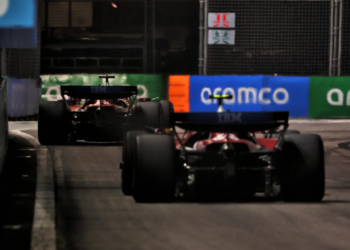Rider airbags will become compulsory in 2018 across all classes of the FIM MotoGP championship, which includes the Moto2 and Moto3 series along with the premier MotoGP class.
There are two exceptions to the rule, with wildcard riders not having to use the safety system and replacement riders having a two-race exemption. After those two events, replacement riders will be subject to the same requirements and specifications as those of permanent entrants.
The airbag should cover and protect at least the shoulders and the collarbone, with the full or central portion of the back being optional. However, if a manufacturer chooses to have back protection, it must cover the whole spine.
Small variations according to the specifics of each system are allowed, as are variations to accommodate the different morphology of each rider, but the same key areas and guidelines are in place for every manufacturer.
Each airbag system must pass a series of tests to prove it fully complies with the regulations. Requirements range from the battery and electronics to deployment and inflation times, with accidental deployment also an important factor. An accidental deployment of the airbag must not risk causing a rider to crash or impede a rider from controlling their motorcycle.
In addition, airbag systems must not require any parts to be added to the motorcycle, and must be triggered without the rider being tethered to the bike.







Discussion about this post